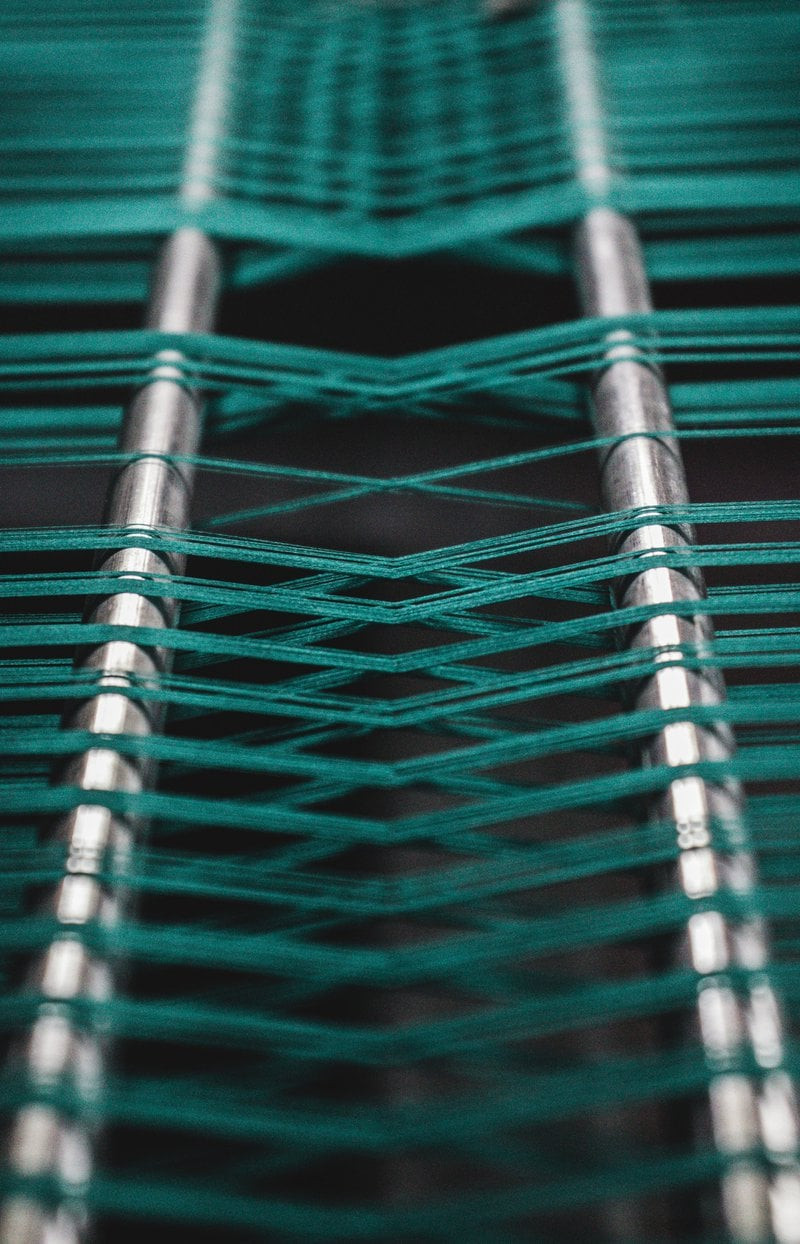This blog post provides an introduction to different textile and weaving styles in some major states of India.
India is a country known for its rich cultural heritage, and one aspect that stands out is its diverse textile and weaving styles. Each state in India has its own unique weaving techniques, patterns, and designs that have been passed down through generations. In this blog post, we will explore some of the major states in India and their distinctive textile traditions.
Gujarat: The Land of Vibrant Colors
Gujarat, located in western India, is famous for its vibrant textiles. The state is renowned for its intricate embroidery work and tie-dye techniques like Bandhani. Bandhani involves tying small portions of fabric with thread before dyeing it to create beautiful patterns. Another popular style from Gujarat is Patola silk sarees, which are known for their double ikat weaving technique.
Rajasthan: A Tapestry of Royalty
Rajasthan, the land of kings and palaces, boasts a rich tapestry of textiles. One of the most well-known styles from this state is block printing. Artisans meticulously carve intricate designs onto wooden blocks that are then dipped in natural dyes and stamped onto the fabric. This creates stunning patterns like paisleys, flowers, and geometric shapes.
Tamil Nadu: The Home of Handloom
Tamil Nadu in southern India has a thriving handloom industry. The state is famous for its Kanjeevaram silk sarees, which are characterized by their lustrous texture and exquisite gold zari work. Other notable textiles from Tamil Nadu include Chettinad cotton sarees with vibrant checks patterns and Madurai Sungudi sarees known for their tie-dye technique.
Assam: Silk Splendor from the Northeast
Assam, located in northeastern India, is renowned for its exquisite silk textiles. Muga silk, produced only in Assam, is known for its natural golden color and durability. The state also produces Eri silk, which is popular for its warmth and comfort. Assamese textiles often feature intricate motifs inspired by nature, such as flowers, birds, and animals.
Kashmir: The Land of Pashmina
Kashmir is synonymous with luxury and the finest quality of wool known as Pashmina. Pashmina shawls are handwoven using traditional techniques passed down through generations. These shawls are incredibly soft, warm, and lightweight. The intricate embroidery work on Pashmina shawls adds to their beauty and elegance.

Parting Thoughts
India's textile heritage is a testament to the country's rich cultural diversity. Each state has its own unique weaving styles that have been perfected over centuries. Whether it's the vibrant colors of Gujarat or the royal block prints of Rajasthan, Indian textiles continue to captivate people around the world with their beauty and craftsmanship.
So next time you admire a beautifully woven fabric or wear a traditional Indian garment, remember the incredible skill and artistry behind it.